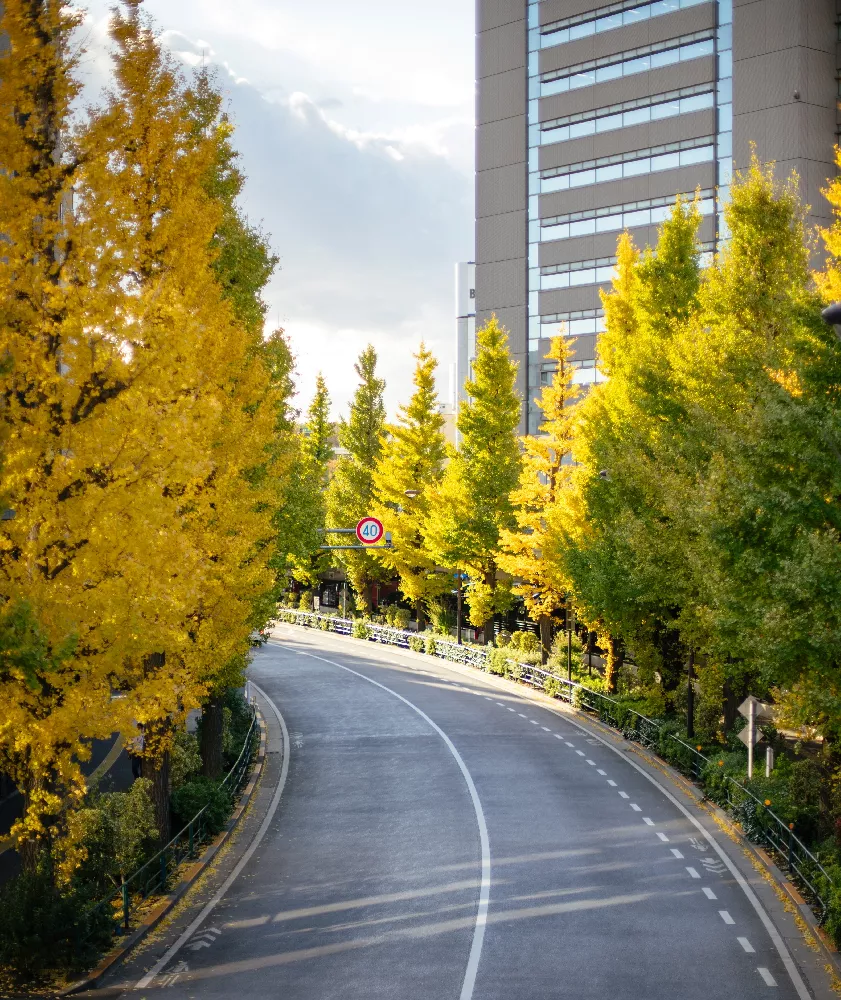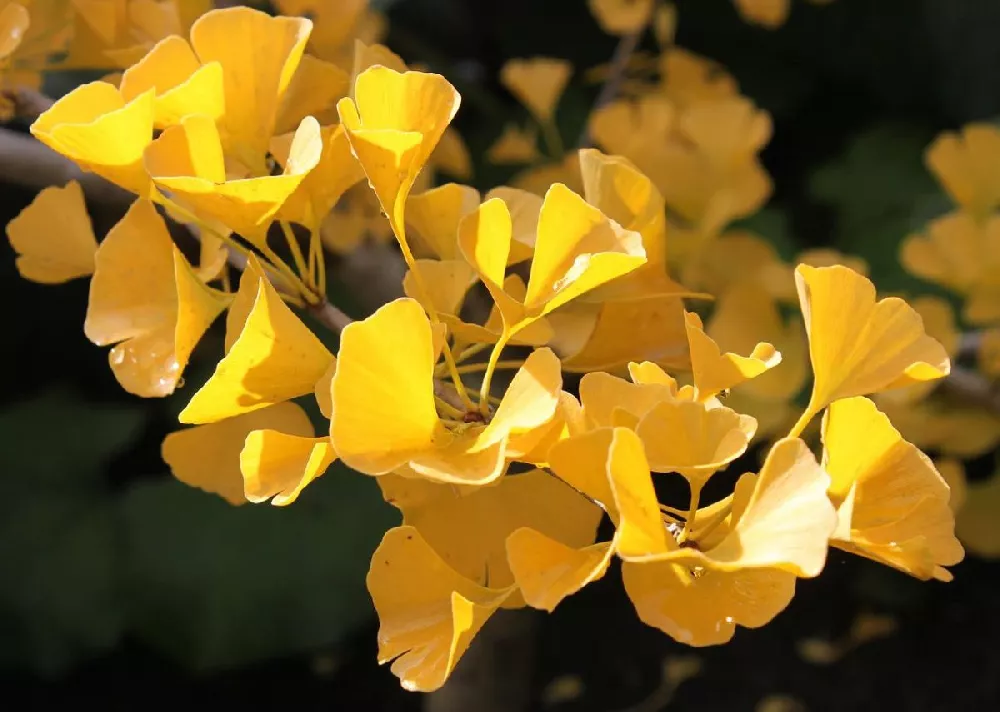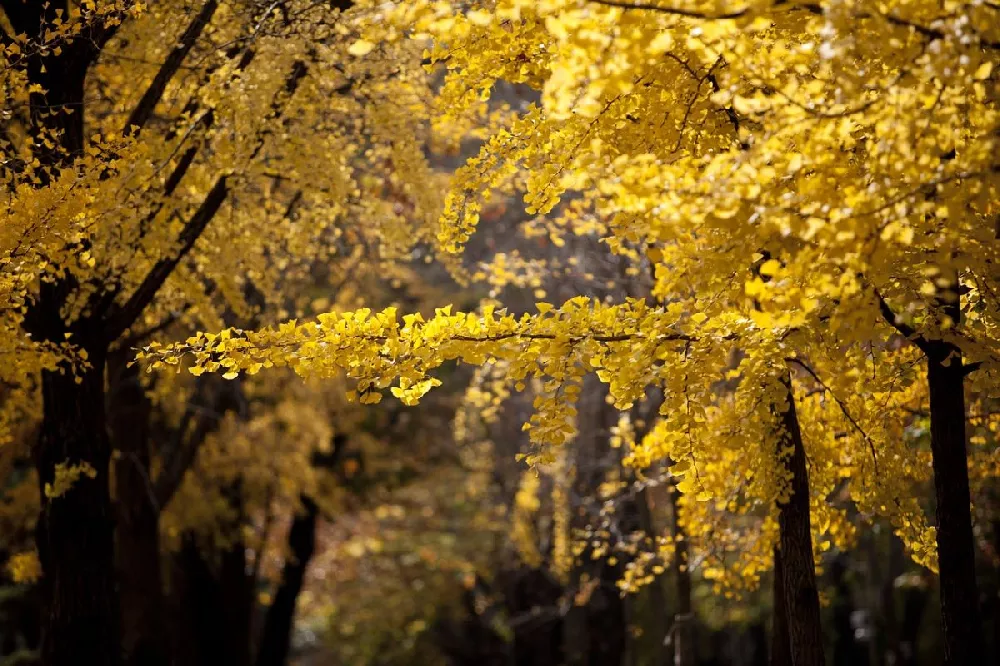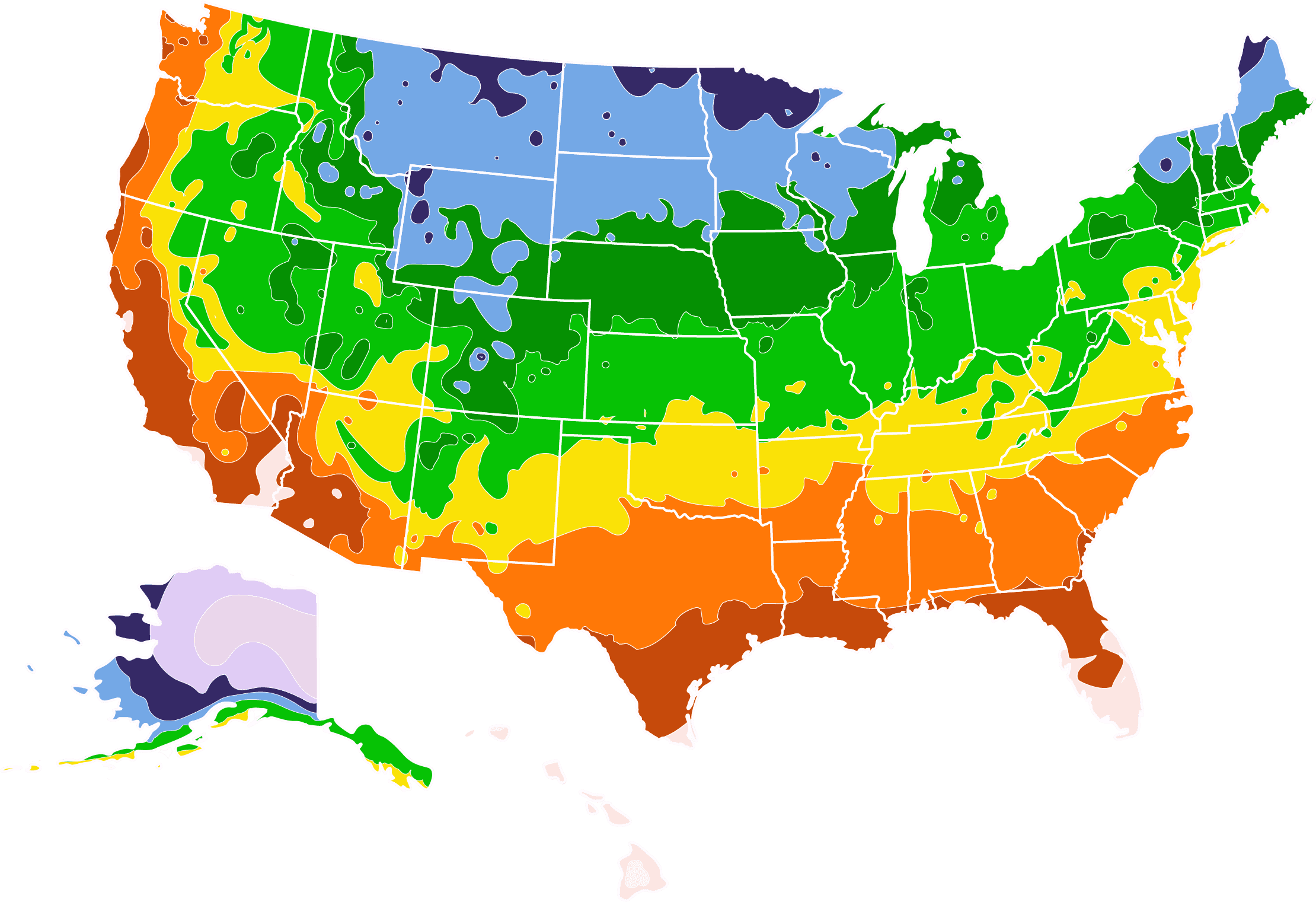- Home >
- Privacy Trees >
- Princeton Sentry Columnar Ginkgo Tree
Princeton Sentry Columnar Ginkgo Tree for Sale - Buying & Growing Guide
- Ships in 1-2 days
- 1-Year Warranty Eligible
- Pots or accessories are not included unless specified in the product options.
Shipping Details:
Once your order is shipped, you’ll receive an email with a tracking number and estimated delivery date. Most orders ship immediately, but some items are seasonal and may only ship in spring or fall. These products are noted on the website.
Ginkgo trees have been around since the time of the dinosaurs, a tribute to their flexibility and durability. Few ginkgos, however, are as arresting as the Princeton Sentry columnar ginkgo tree, Ginkgo biloba 'Princeton Sentry.' This tall, narrow tree fits beautifully in smaller gardens and landscapes, providing year-round interest. In the fall, it features bright yellow leaves, and its classic shape is appealing year-round. Ginkgos are tough trees and need little supplemental care. They do not require pruning or any regular spraying. Once established, they are drought-resistant, and they grow well in poor soil. Here are a few more reasons to love this ancient tree:
- Its unique, fan-shaped, chartreuse leaves provide summer interest in the garden.
- A male cultivar, it does not produce messy fruit.
- The Princeton Sentry columnar ginkgo tree grows well throughout almost all of the continental U.S.
Plant Care
Sunlight

The Princeton Sentry columnar ginkgo does well in full to partial sun — at least four hours of direct light a day.
Watering
For its first few years, give your ginkgo tree about an inch of water each week; after that, it can handle drought.
Fertilizing

Give your tree a dressing with an all-purpose, slow-release fertilizer designed for landscape trees in spring.
Planting and Care
Planting instructions
Site your ginkgo tree in soil that drains well and receives at least four hours of direct sunlight a day. Unpot your sapling and tease out any encircling roots, as they can girdle the tree and slowly kill it. Dig a hole that’s as deep as the root ball and twice as wide. Place the tree in it, spreading out the roots. Holding the tree upright and steady, fill in around it with topsoil, tamping down as you go to eliminate air pockets. Water thoroughly. Apply a 2- to 3-inch layer of an organic mulch, such as bark chips, around the root zone, but keep it from touching the trunk to avoid rot.
Watering and nutrients
For the first few weeks after planting, water your Princeton Sentry ginkgo several times a week. Once you see vigorous new growth starting, you can cut back to once a week, giving it an inch of water each time. A mature ginkgo is drought-tolerant but will benefit from occasional watering if it’s very hot or dry out. Ginkgos are light feeders and do not need supplemental fertilizing. However, if you wish to encourage growth, give your tree a light feeding in spring of a slow-release, balanced fertilizer designed for landscape trees and shrubs.
Pollination
Because the Princeton Sentry ginkgo is a male cultivar and does not grow wild in nature, it does not bear fruit. It does have flowers, however. Theyare green and inconspicuous but have a pleasant scent.
Pruning
The only pruning you need to do with this cultivar is to remove any dead, diseased, or damaged branches whenever you see them. Other than that, it does not require annual pruning.
Pests and diseases
The Princeton Sentry columnar ginkgo tree is in a rare category — there are no known pests that are attracted to it, and it is not susceptible to any of the common diseases that impact trees, such as verticillium wilt. This is partly because ginkgo trees contain several acids that kill insect larvae. There are a few documented cases of leafrollers, Japanese beetles, and a few other pests appearing on ginkgos, but it is unlikely that you will experience any difficulties with either insects or disease pressure.
Achieving maximum results
It’s not hard to achieve maximum results with a ginkgo tree; they are easy trees to grow and care for and are an excellent choice if you are a new gardener just starting out. One factor to consider is how you will use this tree in your landscape. Since its shape is narrow and tall, it will provide a vertical accent wherever it is placed. Consider putting several in the back of a mixed perennial bed, for example. Their shape also makes them well-suited to lining a driveway or walkway, and they can be planted fairly close to a structure if used as a foundation planting. Planting multiples in a straight line will give you an excellent privacy hedge or windbreak.
FAQs
Where does the Princeton Sentry columnar ginkgo tree grow best?
Is the Princeton Sentry ginkgo a fast grower?
Ginkgos are notoriously slow growers, and your tree may put on roughly 6 inches of new growth a year. At that rate, if you decide to change up your landscape, you have ample time to move it before it reaches its mature height of 20 to 30 feet. It transplants easily and is rarely bothered by transplant stress.
I've heard that ginkgo trees smell bad. Is that true?
Some do, but not the Princeton Sentry columnar ginkgo. The culprits are female ginkgo trees, which, in the fall, drop berries before they shed their leaves. These have a faint odor that has been likened to dirty gym socks. The Princeton Sentry ginkgo, however, is a male cultivar that does not have fruit. It does, on the other hand, have flowers with a pleasant scent, so if smells matter to you, the Princeton Sentry columnar ginkgo tree is a great option.
You can't add more Product Name - Product size to the cart.
OK



